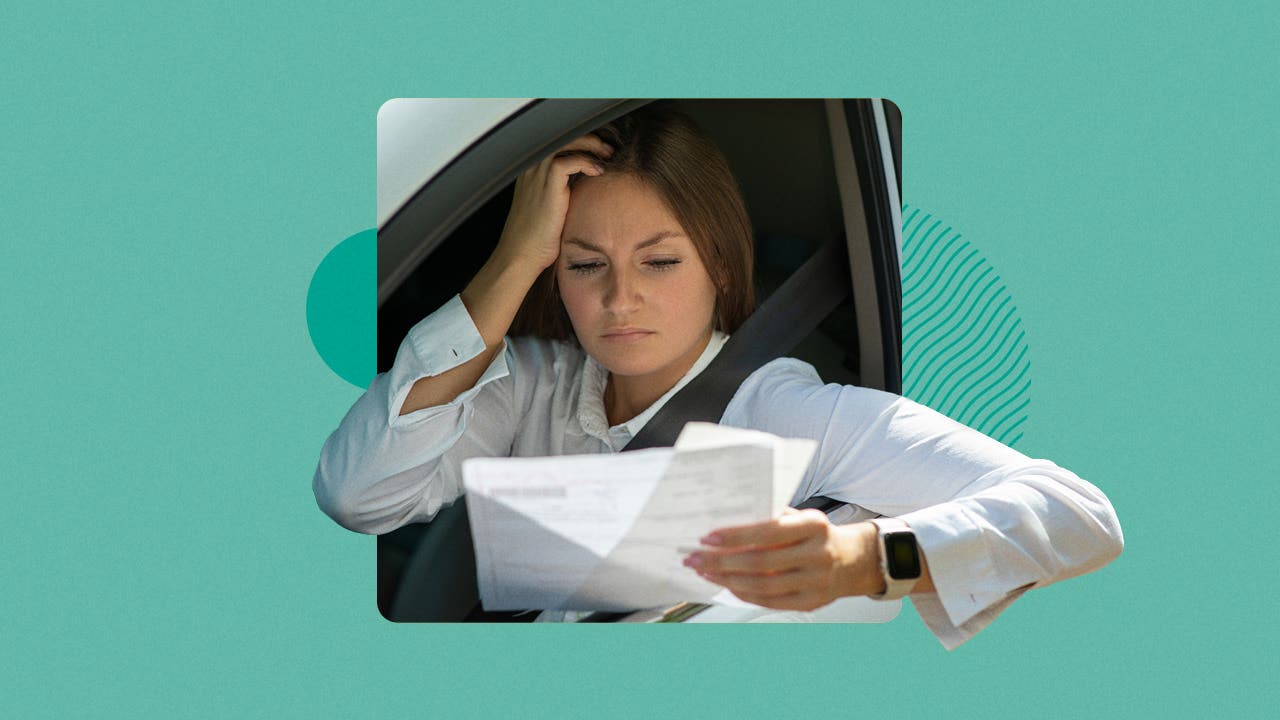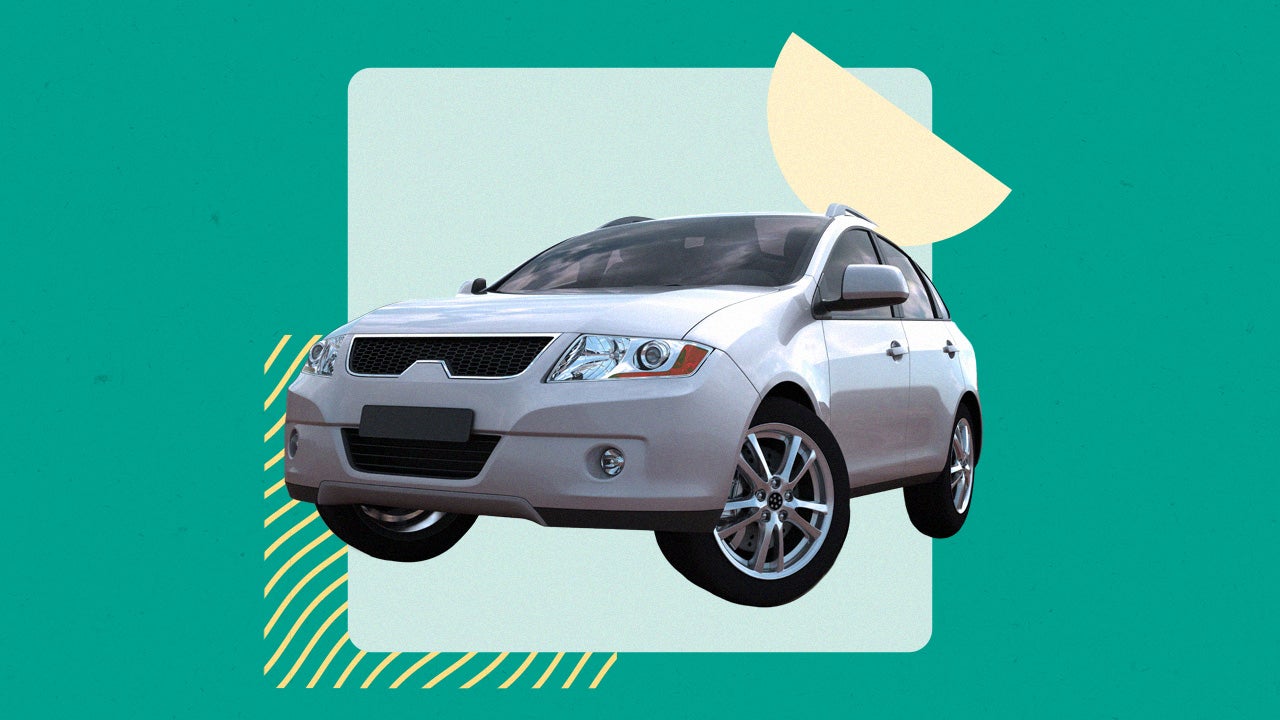What is an upside-down car loan and how do I get out of it?

Key takeaways
- An upside-down auto loan occurs when you owe more than the vehicle is worth.
- An upside-down loan can be a financial challenge if your vehicle is totaled, if you wish to get a future loan or you want to trade in your car.
- Two ways to get right-side up on your loan are making extra loan payments or refinancing your vehicle loan.
Falling upside-down on car loans happens when you owe more than the vehicle is actually worth. This is precarious for borrowers as it can make selling the car and future financing more challenging. But if you’re in this scenario, don’t get discouraged. You can take steps to minimize the time that you are upside-down and avoid it in the future.
What is an upside-down car loan?
A car loan becomes upside-down when you owe more on the loan than the vehicle is worth. For example, your loan would be considered upside-down if your car’s value is $12,000, but your loan balance is $15,000. In this scenario, you have a negative equity of $3,000. Of course, auto loan rates can also have a bearing on how much you owe.
For many, being upside-down on a car loan is not always an issue. If you do not plan on selling your car, you can continue to make payments on your loan until it is paid off. It will not change how you interact with your lender.
Why it’s a problem
Being upside-down on a car loan can make some situations more difficult. These are some scenarios when an upside-down loan can mean trouble.
- Your car is totaled. Following an accident, your insurance agency will pay out the value of your vehicle. If you have an upside-down loan, however, you will still owe that amount, along with any remaining negative equity.
- You wish to trade in your vehicle. If you want to trade in your vehicle, you’ll need to pay that negative equity. Although you can technically roll any negative equity into a new loan, this increases your chances of being upside-down again.
- You want to sell your vehicle privately. Even in this scenario, you will still have to cover the difference between what the buyer pays and what you owe before transferring the title.
How you end up with an upside-down loan
There are a few common ways people become upside-down on their auto loans:
- Financing a car with no money down. Vehicles can lose as much as 20 percent of their value in the first year of ownership. It will not take long for your vehicle’s depreciation to overtake your equity if you do not make a down payment or borrow more than the car’s cost (to cover add-ons, for example).
- Picking a long repayment term. Some lenders offer new car financing for up to 84 months. This keeps monthly payments low, but your car will likely depreciate beyond your original purchase point by the end of that period.
- Buying a luxury model. Luxury cars tend to depreciate much more quickly than their counterparts. Combined with their high cost, you are more likely to have negative equity if you choose to buy instead of lease.
- Agreeing to a high interest rate. The higher your interest rate, the more interest you will pay the lender, which will make for fewer funds toward your principal. And the longer it takes to pay down your principal, the higher your chances of being upside down.
How to find out if your car loan is upside-down
Even though having an upside-down car loan is not always bad, it is useful to know where your loan stands. you can determine if you have negative equity with these three quick steps:
- Request a payoff quote from your lender. A payoff quote is a document that shows exactly how much you currently owe on your vehicle, including interest charges.
- Calculate how much your car is worth. Kelley Blue Book’s car value calculator gives you a low estimate of what your vehicle might be worth if you decide to trade it in. A private-party sale value, however, may net a higher price for the car. You can also request trade-in quotes from dealers in your area to gauge possible sale prices.
- Do the math. Subtract the remaining loan balance from your car’s value to determine your equity. If the number is negative, you have an upside-down loan.
How to get right-side up
It is easier to sell or trade in your vehicle if you do not have an upside-down car loan, but you have a few options if you already are.
- Make extra payments. An extra payment each month will help you build equity faster, especially if you tell your lender to put the payments toward the loan’s principal.
- Refinance. Refinancing your loan into a shorter term or lower interest rate will ensure that more of your payments go toward your principal, which will help you catch up on your equity quicker.
- Keep making payments as usual. If you are planning to keep your vehicle, continue to make payments until the loan is paid off. Whatever remaining equity the car has at the end of your loan can be turned into cash via a sale or trade-in.
7 tips to avoid going upside down on a future car loan
If you are planning to purchase a vehicle soon, there are ways to lower your risk of going upside-down.
- Determine what you can afford. Try to follow the 20/4/10 rule, which recommends that you budget for a 20 percent down payment with a four-year repayment term and 10 percent transportation costs.
- Make a down payment. A down payment — typically 20 percent or more of the total car cost — can prevent owing more than the car is worth. Try to take advantage of cash-back manufacturer rebates and trade-in value from your previous car.
- Avoid dealer add-ons. Be careful of add-ons that are funded through your car loan. These can dramatically increase your cost and potentially increase your risk of becoming upside-down.
- Shop around for the best loan. Instead of defaulting to the dealership loan you are offered, shop around for the lowest rate. This can help ensure you dedicate the most funds to the principal rather than the interest.
- Pay the taxes and fees outright. Rolling taxes and fees into your loan automatically puts you upside-down since you’re financing more than the car is worth. Instead, cover any additional costs with your down payment.
- Select an appropriate loan term. Choose the shortest loan term that you can afford. This will also help reduce the total loan cost.
- Choose a vehicle with slow depreciation. Some cars hold their value better than others and have a slower depreciation. Sources like Kelley Blue Book and Edmunds calculate expected depreciation to help your research.
Bottom line
Being upside down simply means you owe more than your car is worth. Unfortunately for most, it is nearly inevitable at the beginning of your loan term, but there are ways to get right-side up again.
There are also ways to minimize the time you spend upside down. Try to make extra payments, increase your down payment amount and refinance if possible. When shopping, use an auto loan calculator to estimate how soon you will cross from negative to positive equity so you can become right-side up that much sooner.
You may also like

What is the APR on a personal loan?

Why you shouldn’t roll over your car loan

How to refinance your car loan



